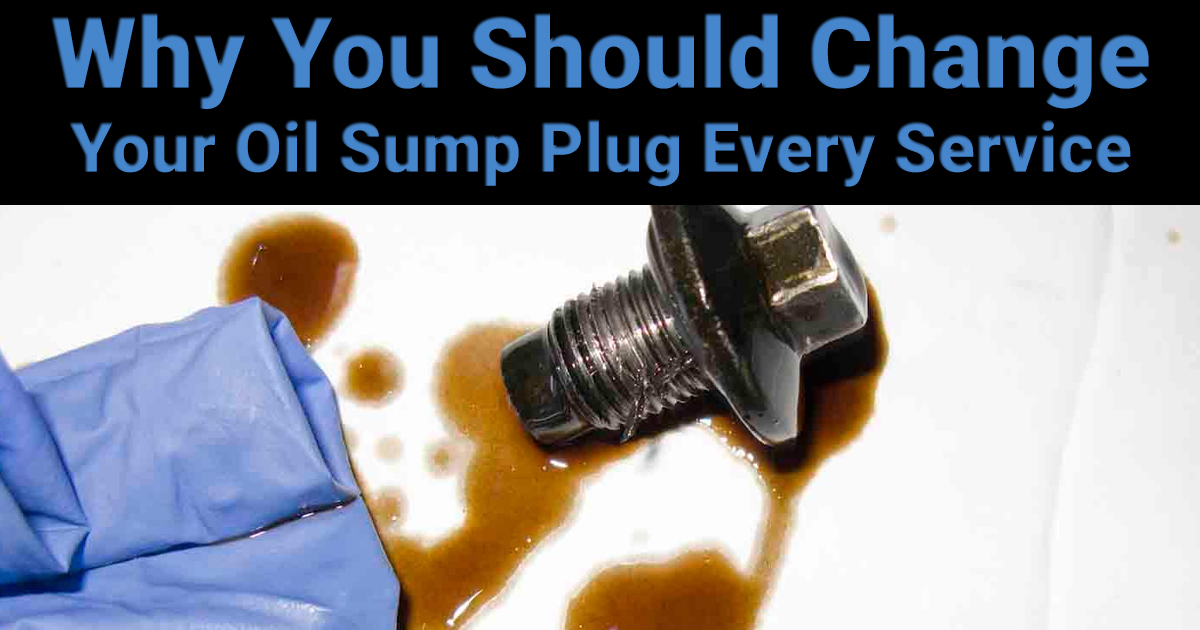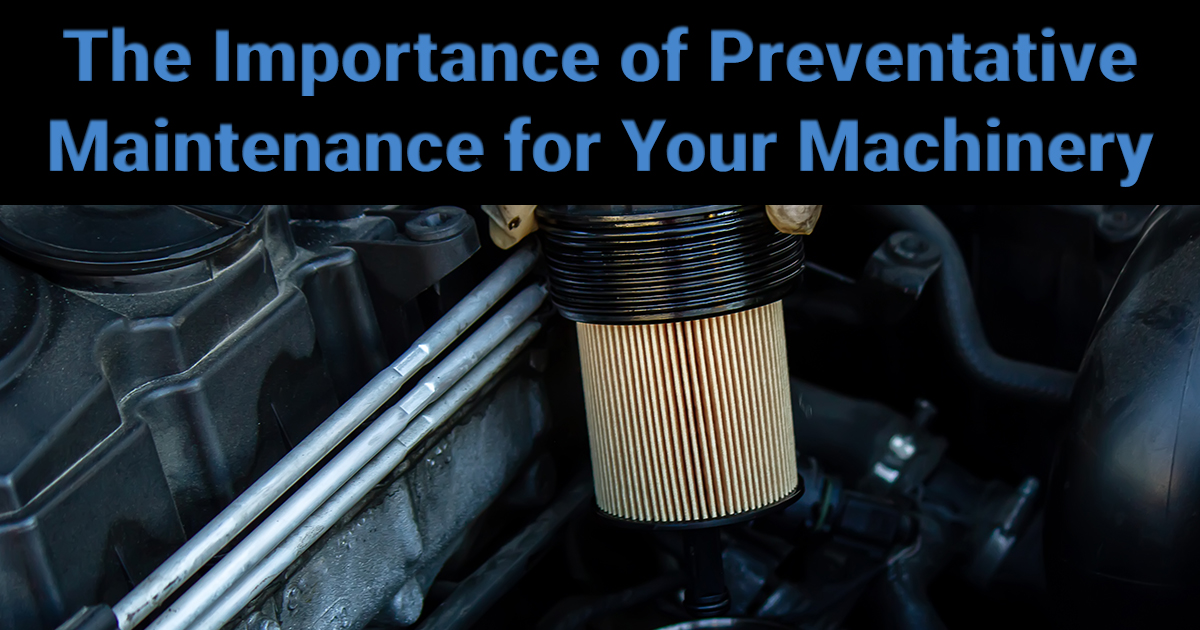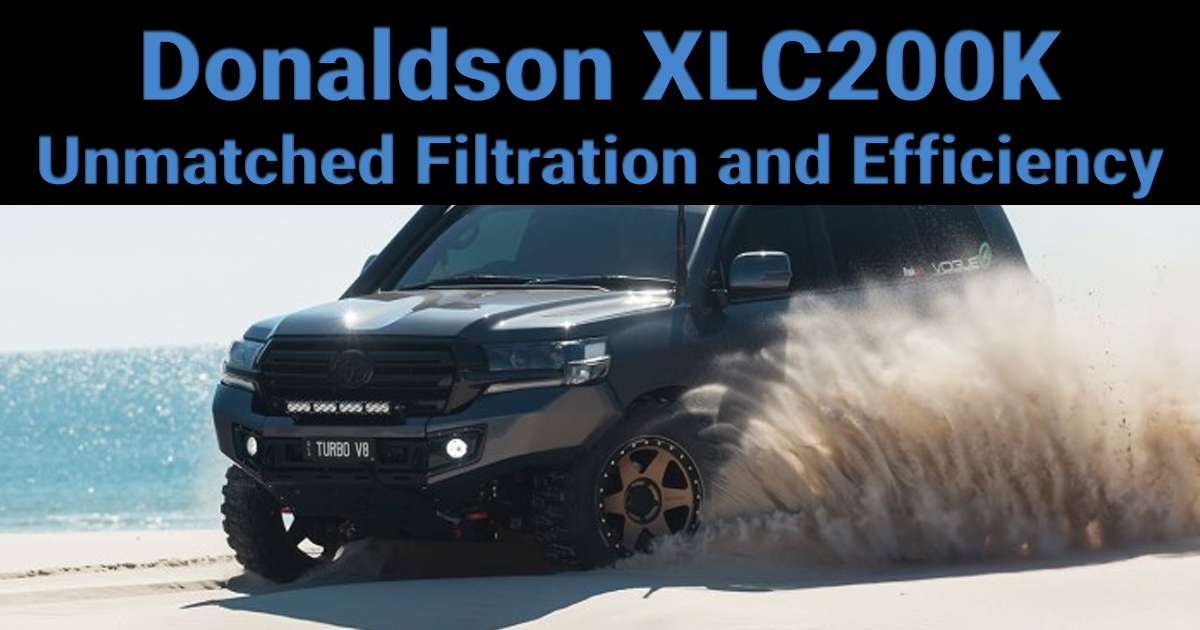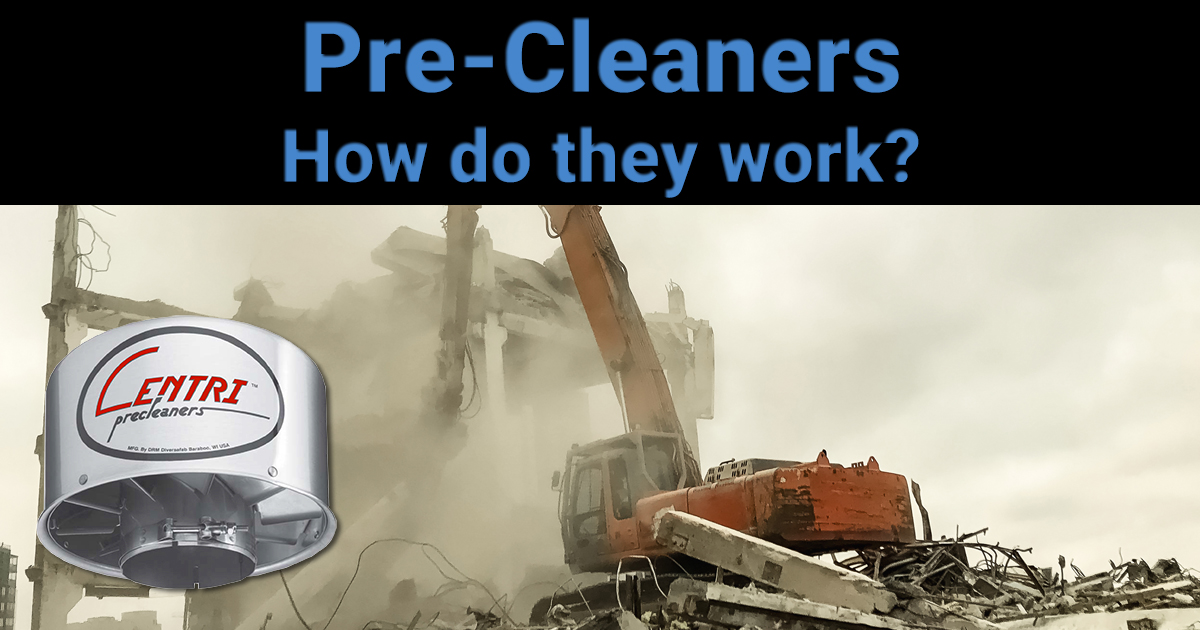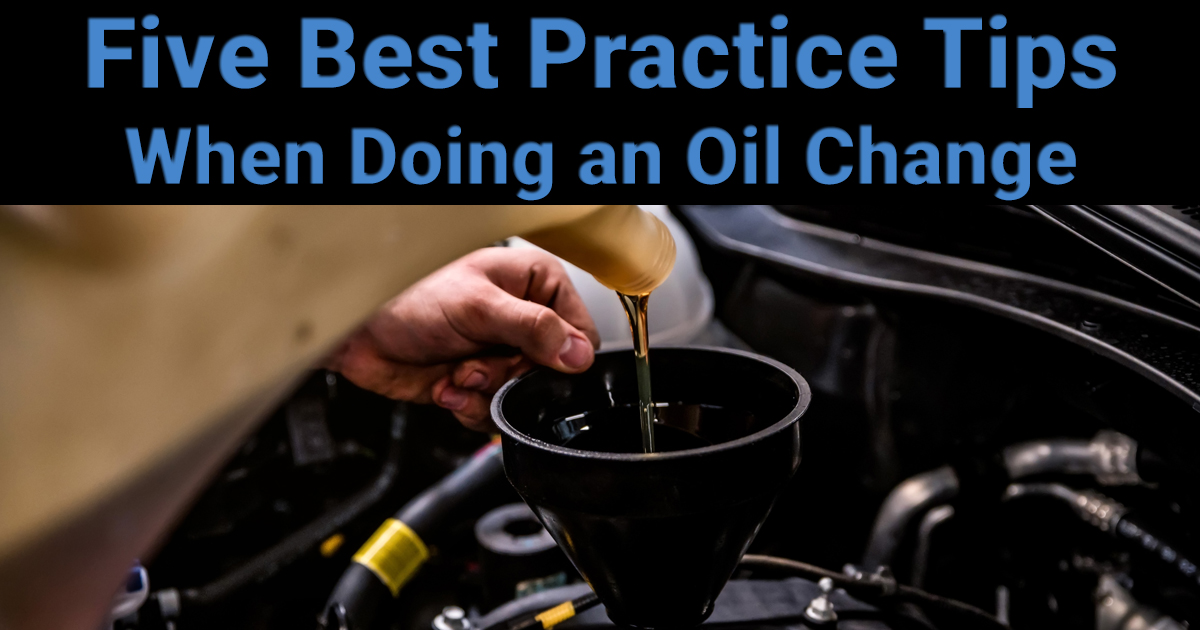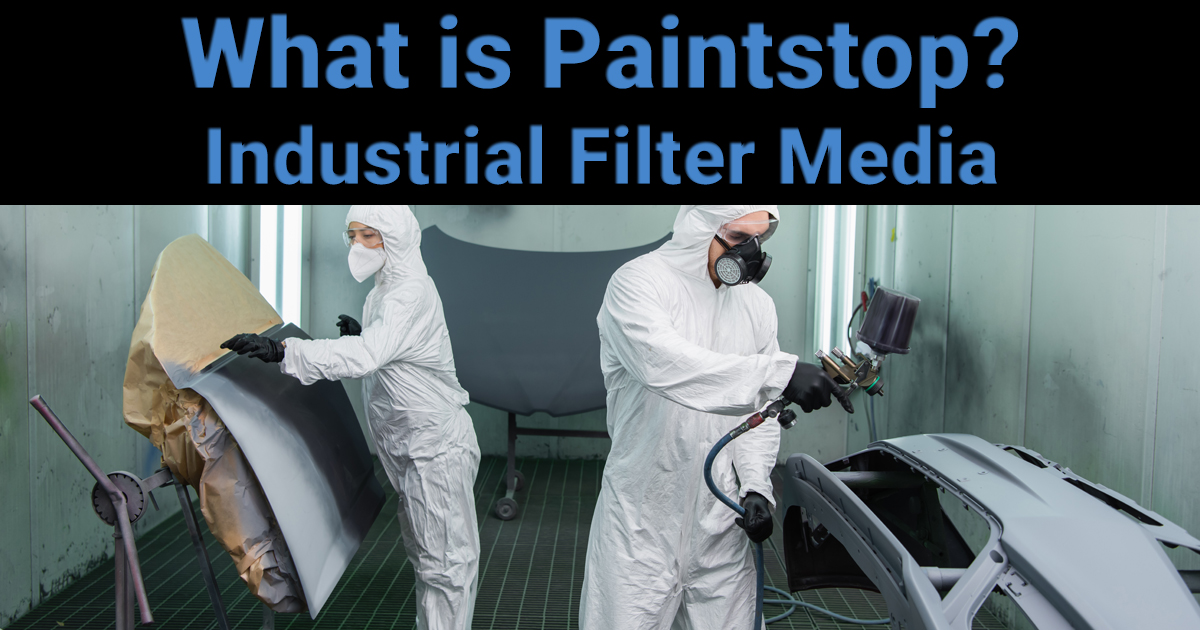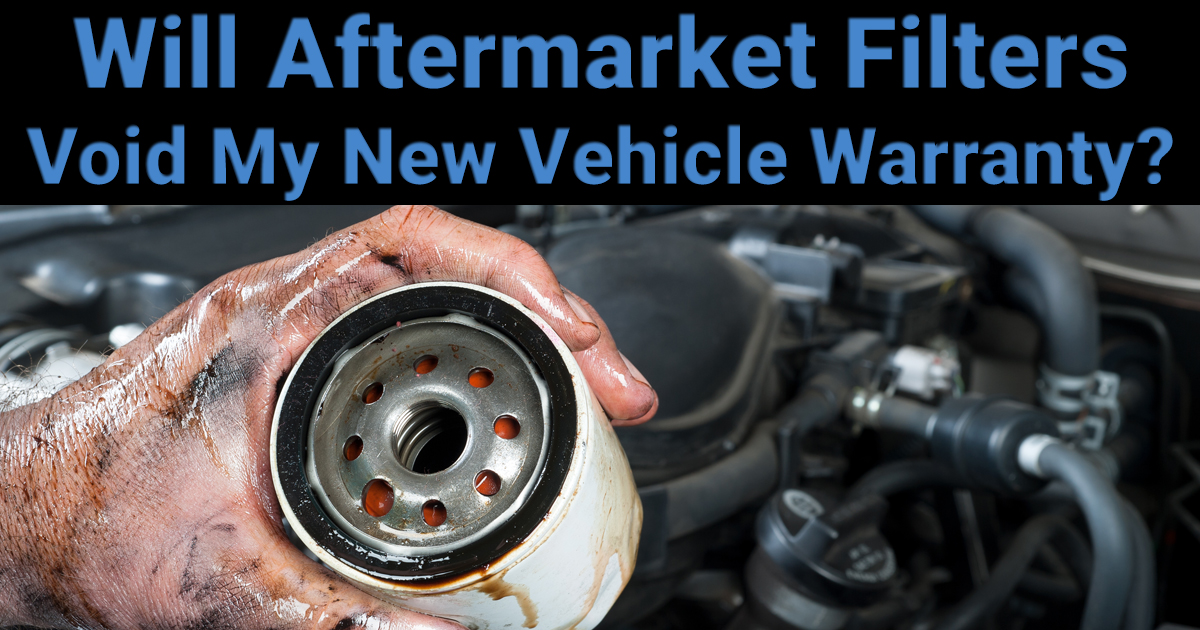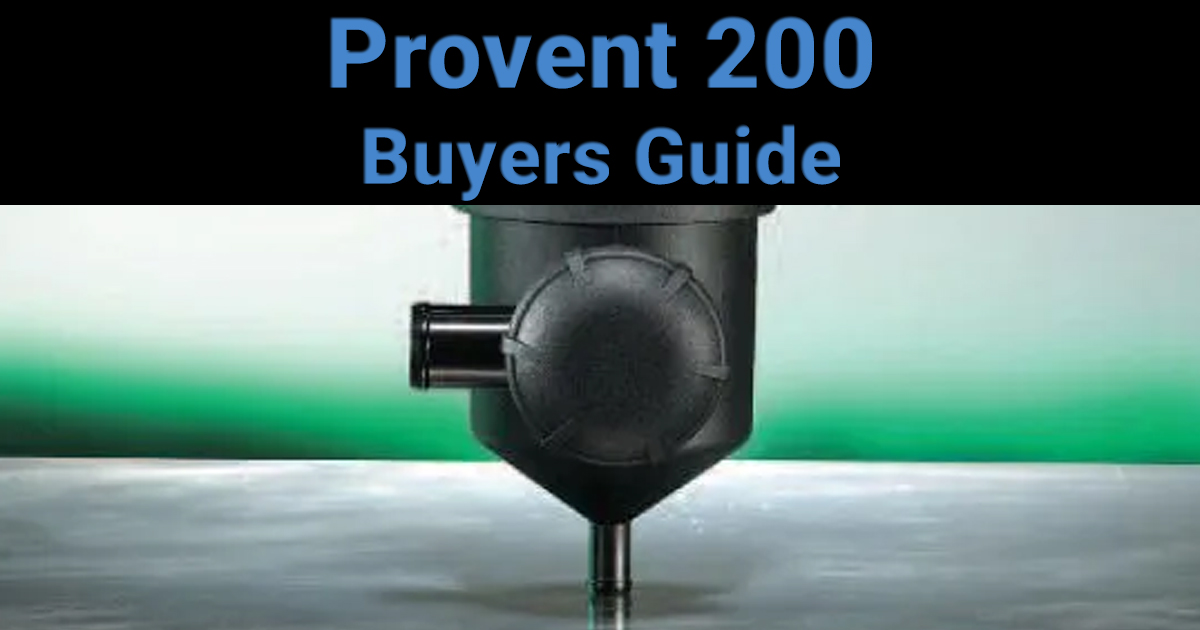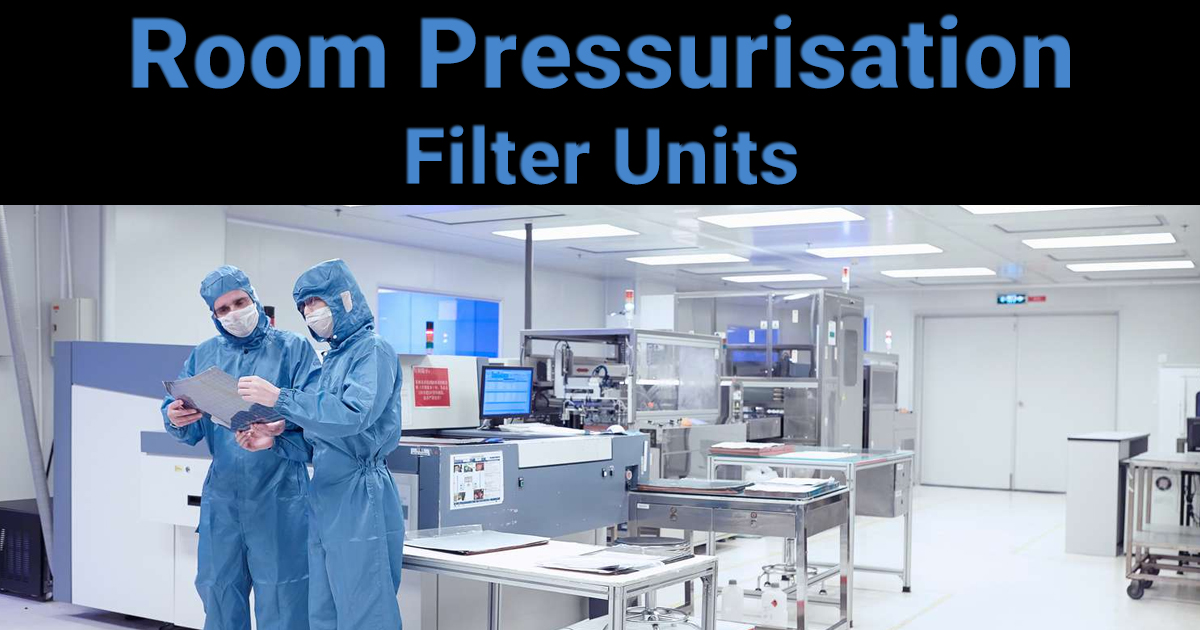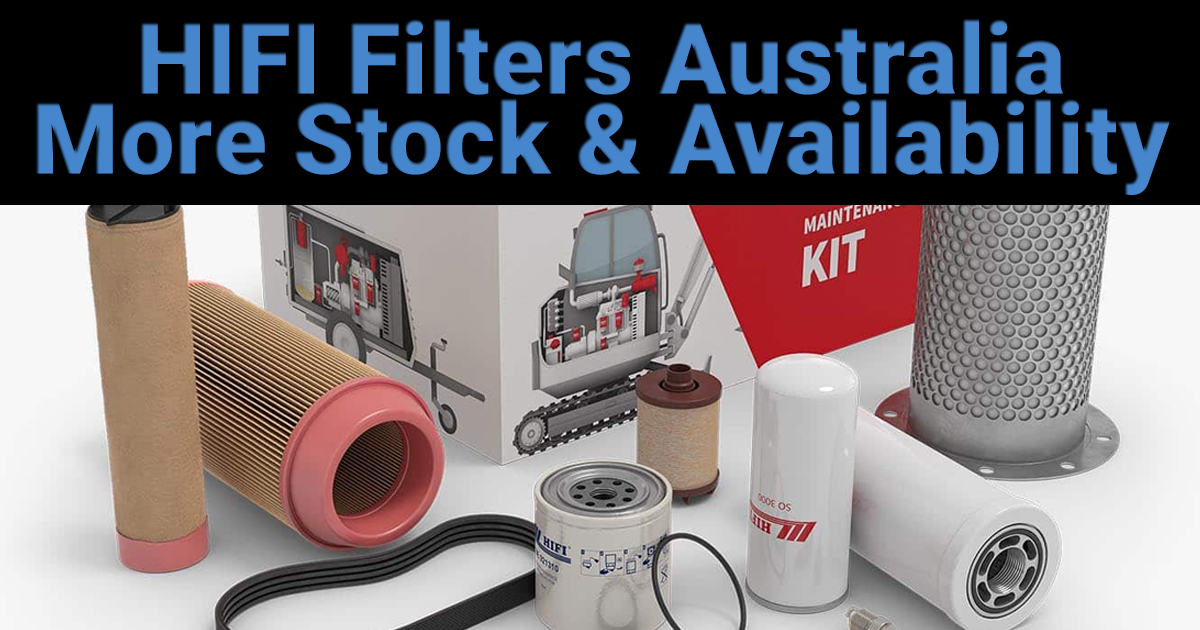
HIFI Filters have truly become a global juggernaut in the world of filtration. With a rich history spanning over four decades, HIFI Filters has perfected its craft in filtration and separation solutions for mobile equipment, transport and industrial applications. As a reliable partner for professionals, they provide a comprehensive range


